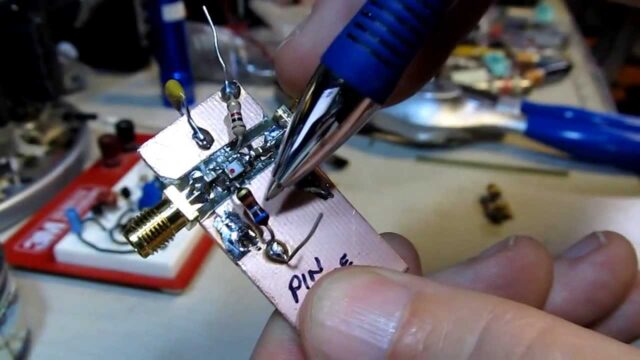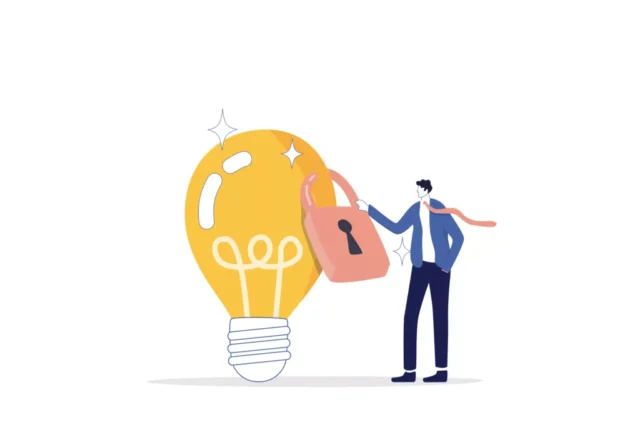
Embarking on the journey of Invention DIY is more than just a casual endeavor; it’s an intimate dance between creativity and functionality. This process is about recognizing a gap or need, conceptualizing a solution, and then daringly bringing it to life. The importance of converting abstract ideas into tangible inventions cannot be overstated. Not only does it validate our innate human ability to create and innovate, but it also has the potential to revolutionize industries, elevate lifestyles, and, on a grander scale, reshape the future of societies.
The Ideation Phase
Every groundbreaking invention starts as a mere thought, a flicker in the mind. Ideation is the foundational phase where this mental spark is fanned into a roaring flame of creativity. Techniques such as mind mapping, diligently jotting down insights in innovation journals, or indulging in introspective daydreaming sessions can be game-changers.
However, the vast ocean of ideas can be tumultuous, and not every brainwave guarantees success. Hence, validating these concepts is paramount. Check this: the most impactful ideas often emerge from keenly observing and identifying inefficiencies in the current market or from the sheer drive to simplify convoluted challenges.
Market Research and Validation

An ingenious idea, no matter how promising it seems, doesn’t always seamlessly translate into a groundbreaking invention. It’s imperative, before committing substantial time and resources, to dive deep into the intricacies of market dynamics. This involves understanding nuanced consumer needs, rigorously analyzing potential competitors, and staying abreast of evolving industry trends.
To validate the viability and potential traction of your invention idea, employing methodologies like surveys, assembling focus groups, or crafting a rudimentary MVP (Minimum Viable Product) can be instrumental. After all, the ultimate success hinges on whether there’s a genuine demand and whether the proposed solution addresses a tangible problem.
Prototyping and Design
Validation sets the stage for one of the most exhilarating phases: prototyping. This is where your idea begins its metamorphosis into a physical entity. Yet, it’s crucial to understand that design isn’t a mere decorative afterthought. It encompasses a holistic perspective, including user experience, functionality, ergonomics, and the overall tactile and visual appeal of the invention. A thoughtfully designed invention isn’t just user-friendly; it resonates with its intended audience, ensuring its market longevity and relevance.
Materials and Tools

Venturing into the actual construction of a prototype necessitates the right arsenal of materials and tools. The nature and complexity of your invention dictate what’s essential, but having a robust toolkit can make the journey smoother. Whether it’s specific metals, plastics, fabrics, or electronic components, sourcing the right materials is half the battle. Equally vital is ensuring cost-effective procurement without compromising on quality. This might involve researching suppliers, exploring local craft stores, or even repurposing existing materials. Remember, the aim is to breathe life into your prototype while staying within budgetary constraints.
Building Your Invention
The transition from prototype to the actual construction of your invention is a significant leap. It’s here that your meticulous planning, design considerations, and material sourcing come into play. Start by laying out a detailed blueprint or a plan that charts every step of the build process. Consider the intricacies: assembly methods, integration of parts, and ensuring structural integrity. Challenges will invariably arise – parts might not fit, materials may not behave as expected, or functionality might be compromised. But remember, persistence and iterative problem-solving are key.
Testing and Iteration
An invention isn’t truly complete until it has been rigorously tested. This phase is paramount to ensure that your invention not only functions as intended but is also reliable and safe. Begin with functionality tests, followed by stress tests to determine durability and longevity. Collecting feedback is invaluable at this stage.
Whether from peers, potential users, or experts in the field, objective insights can illuminate areas for refinement. Based on feedback, you’ll likely iterate on your design, making modifications to enhance its efficacy and appeal. Remember, most inventions aren’t flawless in their initial versions; refining and iterating is an integral part of the journey.
Legal Considerations

In the world of inventions, intellectual property becomes a precious asset. It’s essential to safeguard your creation against potential infringements. Delve into understanding patents: what they are, how they work, and the process to secure one. Depending on your invention’s nature, you might also need to explore trademarks or copyrights.
Consulting with a patent attorney can offer clarity on the type of protection your invention needs. Learn more about non-disclosure agreements (NDAs) if you plan to discuss your invention with potential partners or investors. Protecting your invention legally is not just about defense but ensuring your hard work reap its rightful rewards.
Funding and Resources
With a working invention in hand, you might need financial backing to scale or bring it to market. Several funding avenues exist, from venture capitalists and angel investors to crowdfunding platforms like Kickstarter. Tailor your pitch, showcase the potential of your invention, and demonstrate its market demand.
Additionally, many organizations and institutions support inventors by offering resources, mentorship, or even grants. Research local inventor clubs, workshops, or even online communities that can provide both guidance and financial avenues.
Manufacturing and Production

If your goal is mass production, the transition from a single invention to bulk manufacturing requires planning and partnership. Start by identifying potential manufacturing partners, preferably those with expertise in your invention’s domain. Prioritize quality control, ensuring that every produced unit matches the standards of your original invention. Also, consider aspects like packaging, distribution, and logistics, which play a crucial role in the end-to-end product lifecycle.
Marketing and Launch
Having a phenomenal invention is just one part of the equation; the world needs to know about it. Formulate a robust marketing strategy that accentuates its unique selling points. From digital marketing campaigns, and social media buzz, to even traditional media exposure, leave no stone unturned. The product launch is your invention’s debut to the world—make it count. Organize events, leverage influencer partnerships, or even host webinars to create anticipation and excitement.
Success Stories and Inspiration
Throughout history, countless inventors have faced adversity, only to emerge victorious, their inventions leaving indelible marks on society. Take the story of Sarah Breedlove, known as Madam C.J. Walker, who became America’s first self-made female millionaire with her specialized hair care products. Or Tim Berners-Lee, whose idea gave birth to the World Wide Web. Draw inspiration from such tales of tenacity and vision. In the words of Steve Jobs, “Innovation distinguishes between a leader and a follower.”









